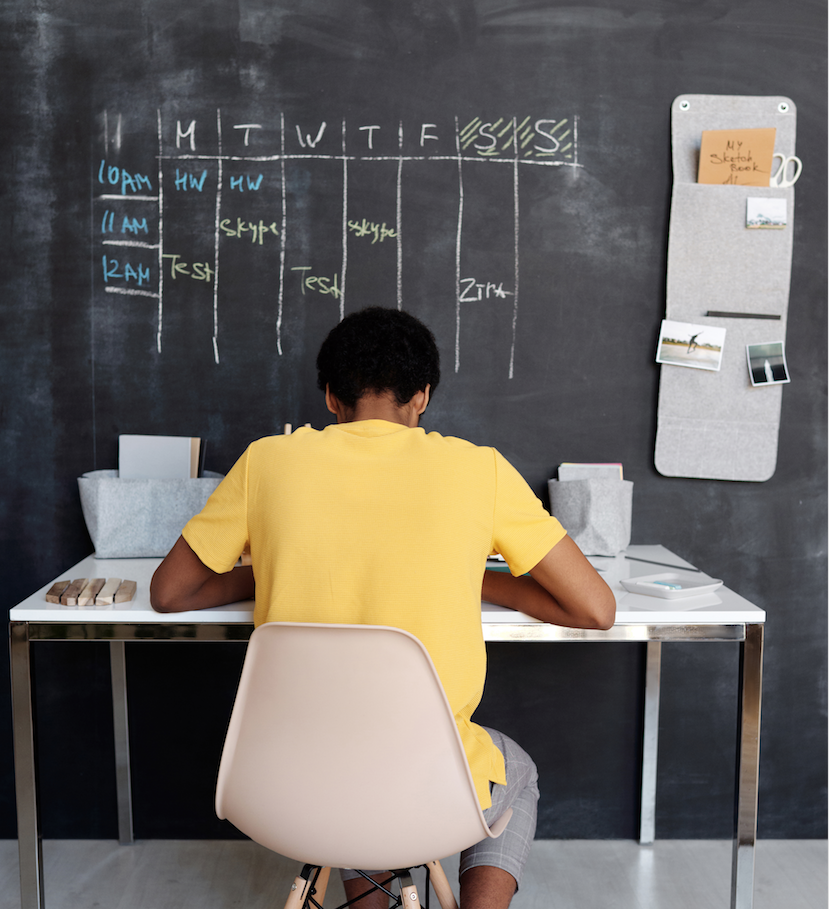By Anvi Kevany
Distance learning for many parents and students is a new concept and can be challenging. This year parents will have to be more involved than ever in being a teaching partner. Students will need to stay focused and engaged and parents may need some tools and ideas on how to accomplish this!
Here are some tips and tools from various resources:
- Synchronous and Asynchronous Learning. Your child’s school may be providing both a synchronous (real time) learning, in which the student must sign in and attend the online class as scheduled and presented by the teacher; and asynchronous, which includes learning through various resources available to the student on-demand. For some students and parents, it can be helpful to have time scheduled at the same time each day/week for asynchronous schoolwork so it becomes a routine.
- Calendar. Having a visual calendar and digital calendar is extremely helpful. Download your school’s calendar. A teacher suggested color coding the classes, e.g., green = geometry, blue = English. Another parent uses the Kanban system at work and implemented it at home using a white board and stickies. Have a daily family check-in meeting to establish what the big-ticket items of the day are and a weekly Sunday night check-in to review the week.
- Transition Times. Children thrive with routine and structure to stay focused. It also provides a sense of comfort and security. Make sure that your child transitions from bed to the study place; getting ready in the morning as if they are preparing to go to school. Breaks are very important too. Observe your child to find out if they need a break from the computer screen. For young children, set up some time for independent play, or encourage some type of movement activity. And according to education theories, having different locations for different classes helps write the information into the brain.
- Expectations. Check your child’s courses and assignments, this should be accessible from your child’s school. Check in periodically to update the calendar or transfer important information. How much time should students spend during online learning? How much interaction is provided during synchronous learning? How does your child typically learn? Communicate with your child’s teacher about their learning style so that the teacher has clearer understanding and expectations.
- Stuck? Reach out to the teacher, other parents or students. Set up email alerts for important notifications such as project and assignment due dates. Set your child’s phone to “Do Not Disturb” during class time. Break down to-do lists in small steps. Try the Pomodoro Method. If all else fails, communicate with the teacher and don’t wait until your child is falling behind!
How do you or your child stay organized? Do you have suggestions?
For additional resources:
Parent Tips and Tricks for Distance Learning: https://www.commonsense.org/education/articles/parent-tips-and-tricks-for-distance-learning
Photo by Julia M Cameron from Pexels.

